Infrared thermal imager as a high-efficiency, non-contact, and high-accurate measurement device, playing an important role in industrial manufacture, electrical R&D, HVAC inspection, automotive maintenance, etc. fields. However, inaccurate temperature measurement issues may arise during actual use, severely affecting the accuracy and reliability of its applications. The following situations may cause inaccurate temperature measurements. Check them out to troubleshoot!
1. Device Not Preheated
It needs to preheat the device adequately to obtain the accurate measurement result before using thermal imager for measurements. The preheating time usually varies with the device model and environment conditions, but most thermal imagers can complete preheating within 3~5mins. Therefore, if inaccurate temperature measurements are found, the first step should be to check whether sufficient preheating has been performed.
2. Improper Operation
Out of Focus
Ensuring accurate focus of thermal imager is the key to obtaining accurate measurement result. For manual focus models, manually adjust the focusing distance until the image gets clear. For focus free models, please ensures the devices measuring within the imaging distance. The minimum imaging distance data is subject to the description in user manual.
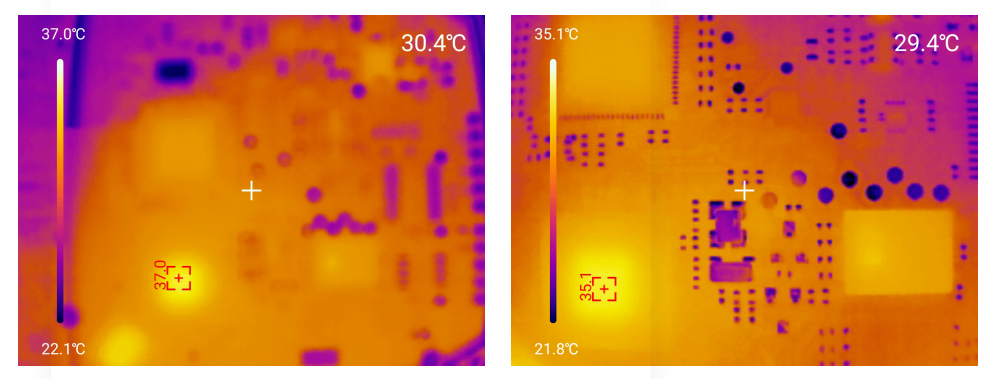
Device Not Calibrated
The shutter release is required to complete manual calibration when the ambient temperature changes significantly. It’s normal that the image will freeze during calibrating. The calibration methods differ across devices, so refer to user manual for details.
● Emissivity: Emissivity (ε) represents the object’s ability to emit infrared radiation, which is the key factor to affect measurement accuracy. The emissivity of different materials varies significantly. Users should select the proper emissivity value according to the material and the surface status of the objects. Refer to user manual for details on emissivity settings.
● Temperature Compensation: For objects with low emissivity, it needs to consider the energy reflected from nearby objects. This part of the energy needs to be eliminated through the temperature compensation parameters to avoid measurement errors.
● Transmissivity: Infrared radiation may be absorbed and scattered by gas molecules and particles when passing through the atmosphere, so the transmissivity parameters should be adjusted according to the actual situations to ensure the accuracy of the measurement results.
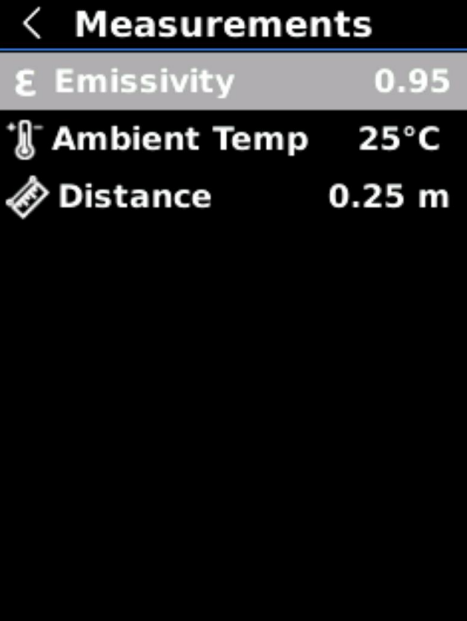
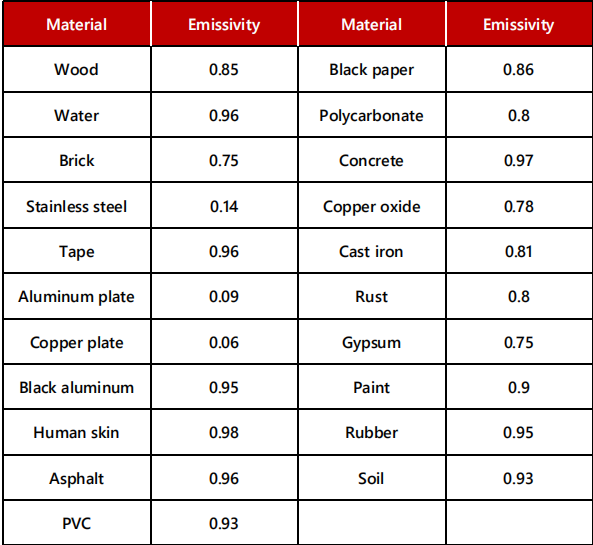
3. Insufficient Product Performance
The quality of infrared detector determines the performance of infrared thermal imagers. Thermal sensitivity (NETD) affected by infrared detector, which is crucial for ensuring temperature measurement accuracy.
Thermal Sensitivity(NETD): NETD represents the ability to detect the minimum temperature differences. The lower the NETD, the better the imaging effect. NETD typically expressed in milli-Kelvin (mK). E.g. 50mK, 100mK. 50mK is equal to 0.05℃. If you want to measure objects with a temperature difference of 0.05℃, you need to choose a product with NETD≤50mK, or your measurement requirements cannot be met.

4. Device Not Calibrated or Maintained
● Periodical Calibration: Regular calibration of the infrared thermal imager can ensure its measurement accuracy meets the standard. Calibration should be performed by professionals, including checking the device’s precision, lens cleanliness, etc.
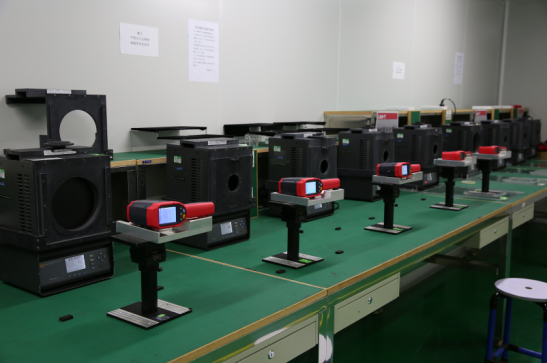
● Lens Cleaning: A dirty lens is a common cause of inaccurate temperature measurements with infrared thermal imagers. The lens should be cleaned regularly to ensure that it is free of dust, moisture, and other contaminants.
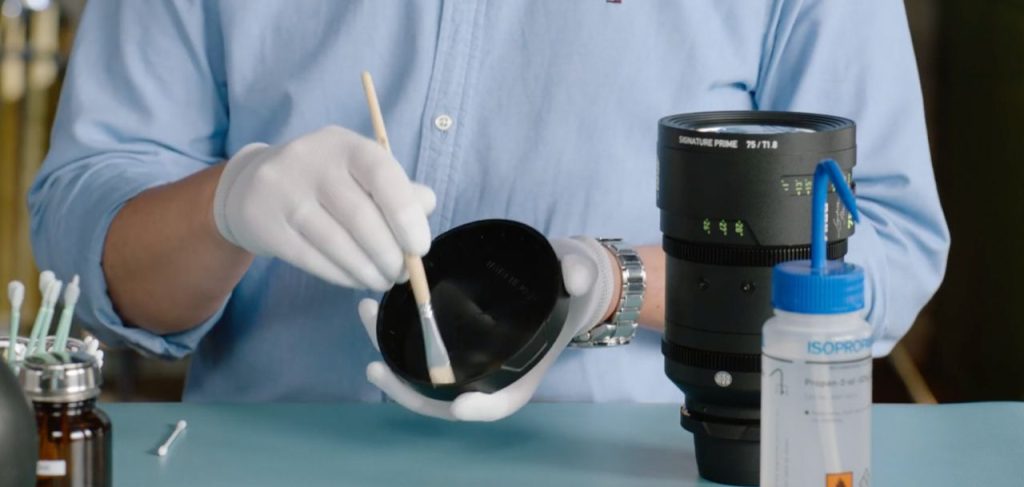
By checking the preheating condition, ensuring operational accuracy, and performing periodical calibration and maintenance, you can effectively improve the temperature measurement accuracy of thermal imager, ensuring their accuracy and reliability in practical applications.
 Meters
Meters Global
Global